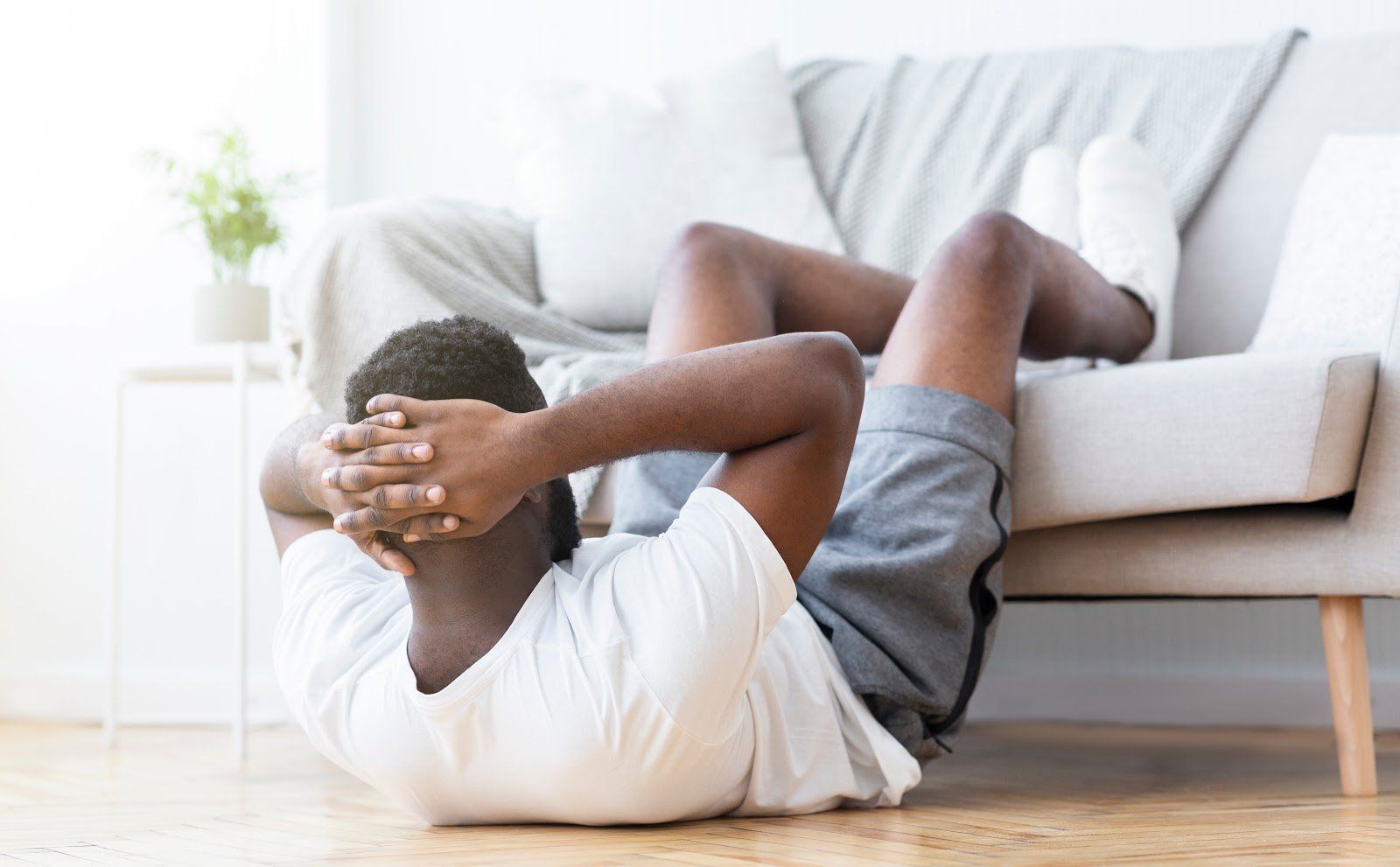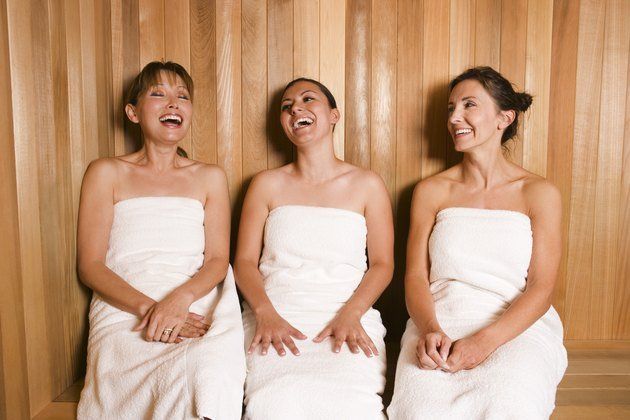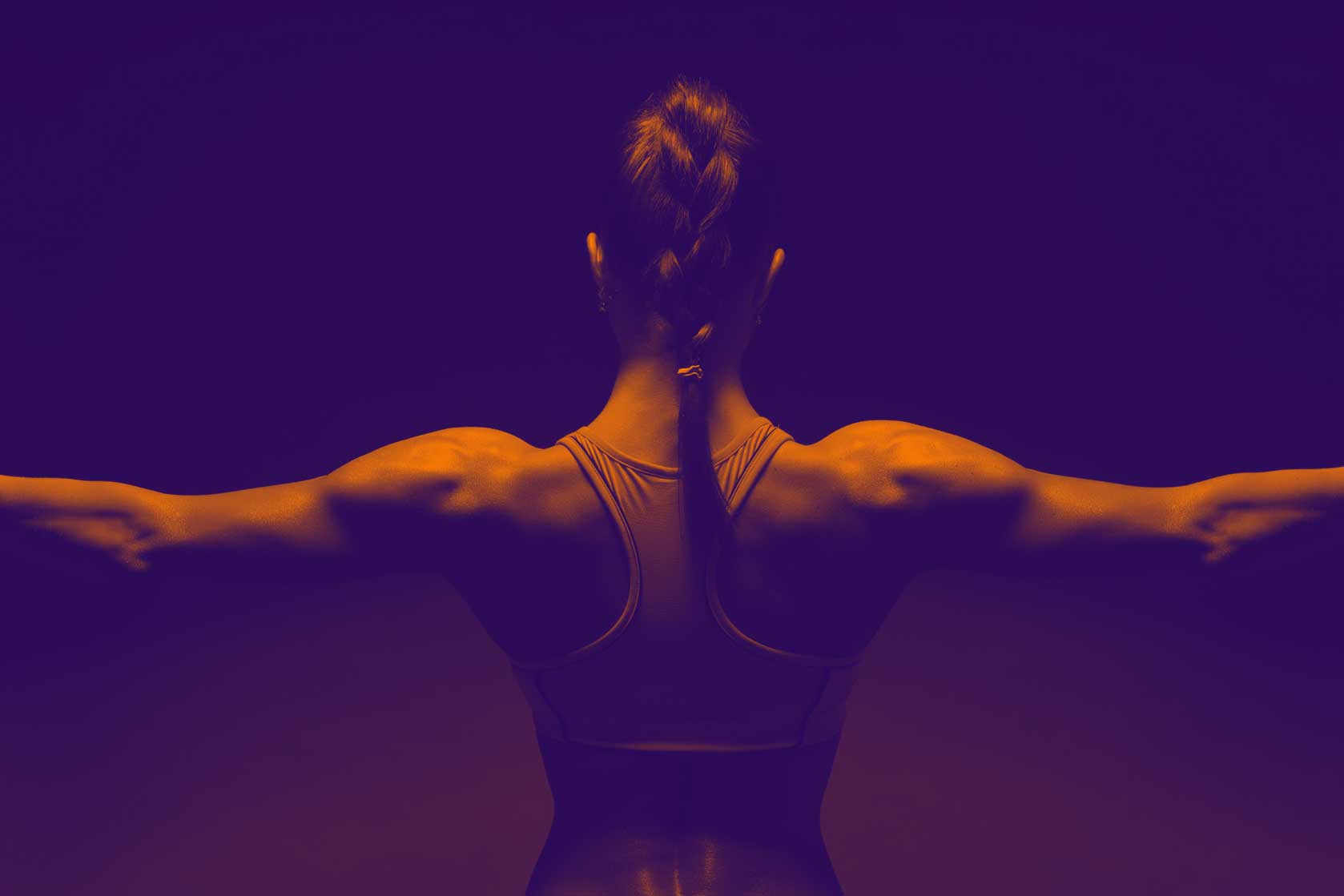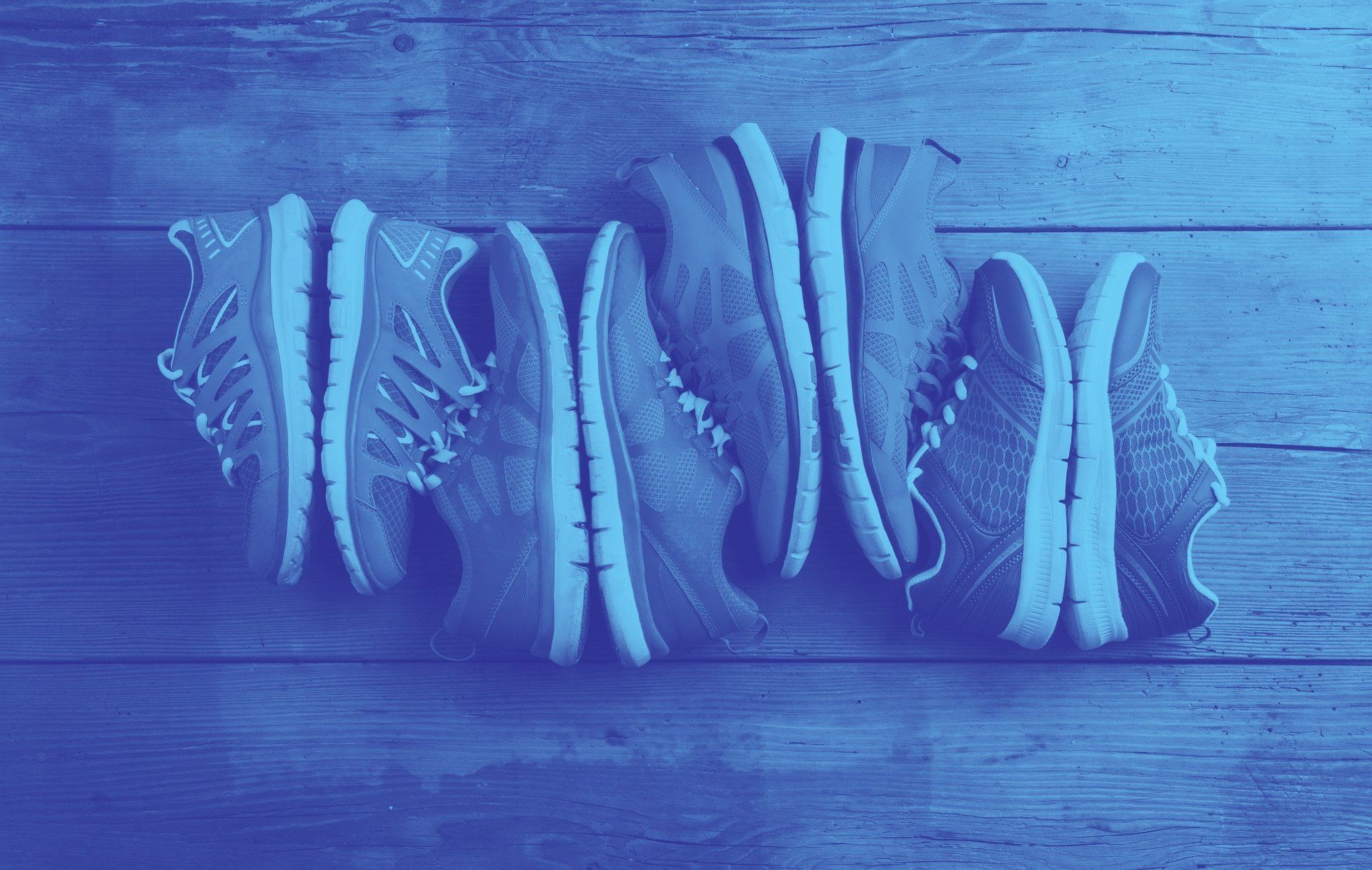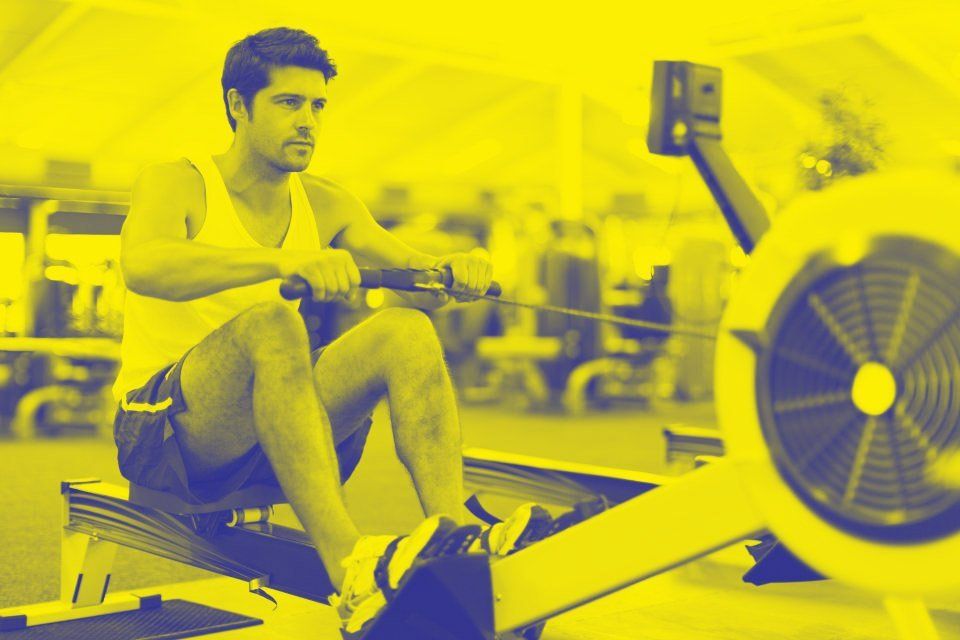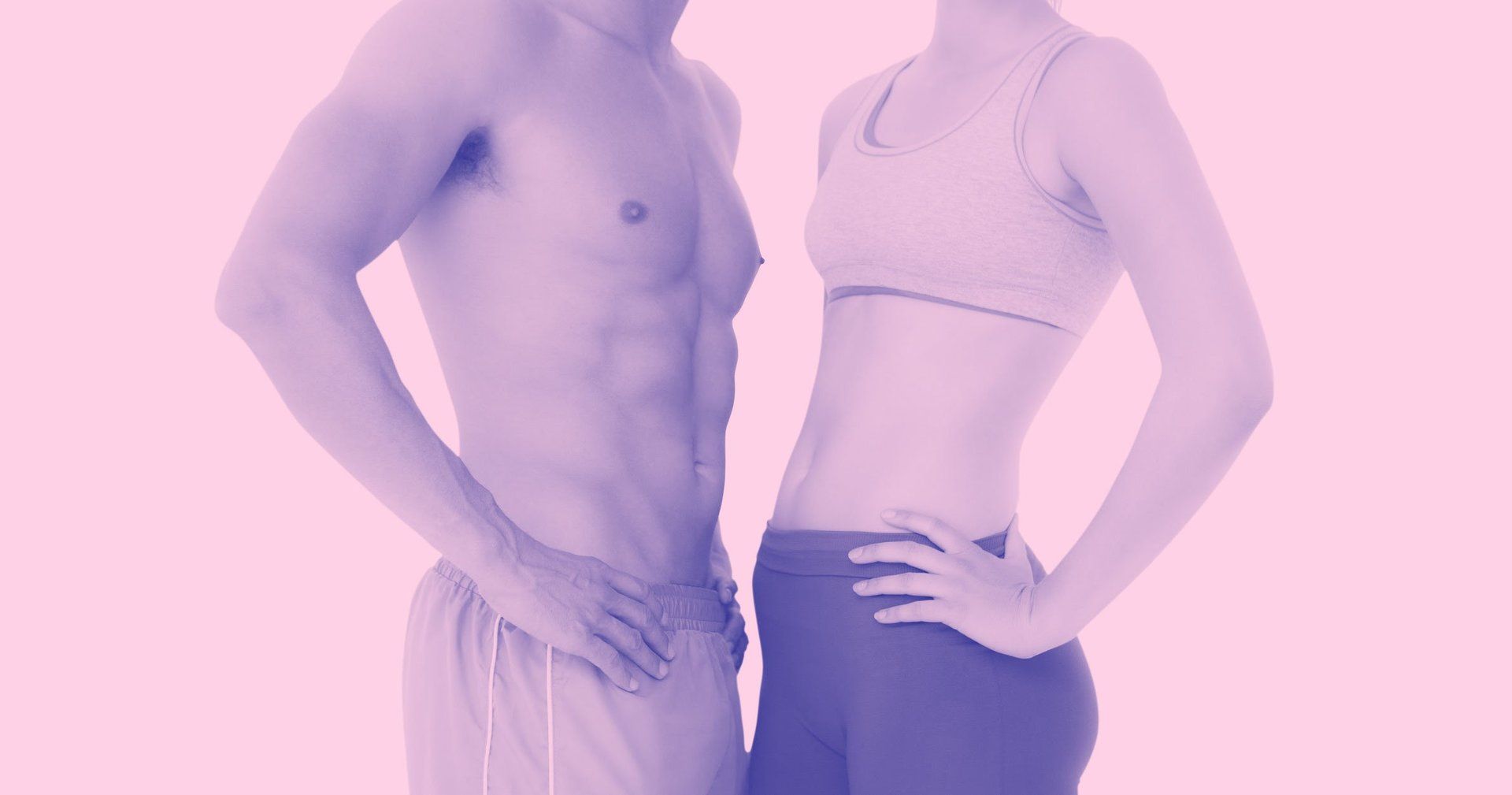Flexibility
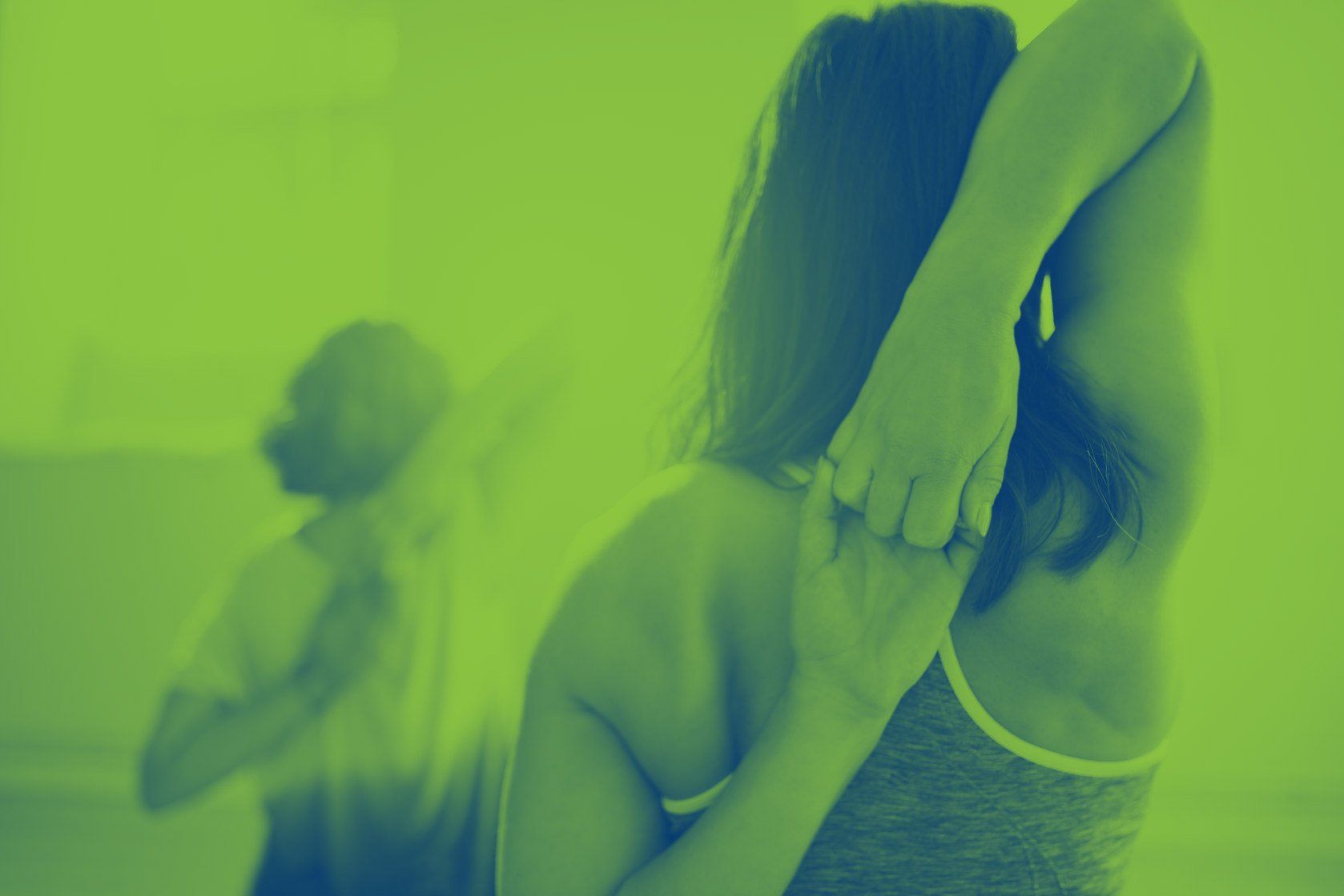
Flexibility training focuses on creating length in the muscles used in a workout, or in the case of Group Centergy, creating length in the muscles as part of the workout. Most Group Fitness class experiences contain a flexibility component. These components may occur throughout the workout, like post track stretching in Group Power or Stress Reversals in Group Ride, or at the end of the workout to lengthen the major muscles used in the workout.
We use two types of stretches, static and dynamic. Static stretches are held in a non-moving position, such as reaching toward your toes and holding the stretch. Dynamic or moving stretches travel through space and are often set to rhythmic sequences in the music. You may find yourself rotating your trunk of reaching your arms overhead to achieve this.
Flexibility work is reserved for portions of the workout when the muscles have been sufficiently warmed, for example, the end of a track or the end of a workout. It is important for your muscles to be well prepared with enough heat and oxygenated blood to stretch and gain the benefits of flexibility. In Group Power and Group Active you will stretch at the end of the strength tracks. This is important because the effects of strength training can cause your muscles to become stiff or tight. Stretching helps relieve this type of feeling. Stretching also occurs toward or at the end of Group Active, Group Centergy, Group Kick, Group Power, Group Ride, and Group Stretch. Think of it as a relaxing finish to all of your hard work.
Why We Need to Stretch
Flexibility training is often overlooked, even though scientific research shows that we receive tremendous benefits from it. Research shows that when you have too much strength without flexibility, you can put yourself at risk for injury. Given the positions most of us assume on a daily basis, such as sitting at computers, driving our cars, reading to our children, or eating at the dinner table, we repeatedly put our postural muscles to the test. What happens? Typically, our shoulders are rounded forward, our heads poke forward, and our spine curves forward. Did you notice the common word? Things all shift forward. One of the goals of our stretched is to improve our posture by lengthening the shortened muscles created by these everyday positions. This is why we need to stretch.
The Benefits of Flexibility
- Improves your ability to move
- Improves your posture
- Improves your coordination
- Enhances relaxation
- Reduces muscle stiffness
- May decrease the risk of injury associated with exercise
- Can offset age-related degeneration
One of the most important things to remember when you are stretching is to focus on technique first, then on increasing your range of motion. It is not important whether you can barely reach your toes or you can do a split. Try not to compare yourself to anyone else around you in class. Feeling a stretch creating length in the muscles of your body is what is most important. It takes time to gain length in your muscles. Muscles don’t get tight overnight, so don’t expect amazing changes overnight. If you stretch two to three days per week, you will notice your body changing and that you can do certain daily activities more easily. You’ll stand taller, walk more efficiently, and simply feel better about yourself on the inside and the outside.
